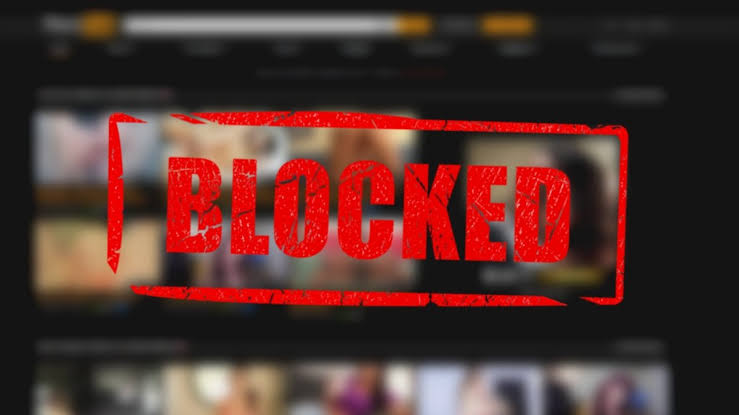
First things first, If the link you are trying to visit is actually disabled on your laptop, you may be able to access it using the mobile version, IP address, or Google Translate of the website. However, in case you can not access sites that are blocked on your internet connection, use a VPN. Virtual private networks (VPNs) can be difficult to install on monitored or controlled computers (e.g., libraries, schools, or work machines); however, if you use a personal computer for work, you should simply be able to install the VPN while on your wireless network.
Try using the website’s mobile version, Most platforms, such as Facebook and YouTube, have mobile alternatives that can be accessed by typing “i.” in between the “www.” section of the web site’s address and the website’s name. Most web blocking services don’t account for the mobile versions of blocked sites.
For instance, you would access the mobile version of Facebook by going to “https:/www.m.facebook.com/” in your browser.
Search for the website’s IP address rather than its usual address, You can find a website’s IP address, which is its raw numerical address, on any major computer platform, after which you can now input the IP address into the web browser’s URL bar the same way that you’d search for a regular address (e.g., “https:/www.google.com/”). For all websites, this won’t work; some services hide their IP addresses, and others use multiple IP addresses that are not always reliable.
If you do not have access to Command Prompt (Windows) or Terminal (Mac) on the computer where the sites are blocked, you can use an unrestricted networked personal computer to find the IP address and then use the address on your restricted computer only.
Use Google Translate to hide the website’s address, That approach doesn’t always work but offers a simple alternative to using a proxy site or a portable browser: paste https:/translate.google.com in your search engine.
Type your site’s address into the left text box.
Select any language different from the website’s original language for the right-most box.
Click the link in the right-hand corner of the website.
Click the “Go to [Website]” link on the left side of the page if the website doesn’t directly load.
Click the Translate option if prompted.
Browse your site.
Use Wayback Machine to browse archived pages, The Wayback Machine site allows you to search previous page iterations without actually going to the website, under issues, This method won’t be much of help if you’re trying to check your Instagram feed, but you can use the Wayback Machine to view blocked research resources.
1. In your computer browser, paste https:/archive.org / web/
2. Enter a website’s address into the text field that’s near the top of the page.
3. Click BROWSE HISTORY
4. Select a calendar day
5. Review the results.
Use a VPN on a personal computer, Virtual Private Networks (VPNs) are always subscription services that route your Internet traffic in different countries or locations through several different servers. This efficiently hides from anyone monitoring your Internet activity, which also allows you to view sites and use services that are usually blocked in your area.
Many VPNs require a paid subscription, although some VPNs have a free version, such as
Hotspot Shield.
In order for your VPN to remain undetected, it must be on the entire time that you’re online.
